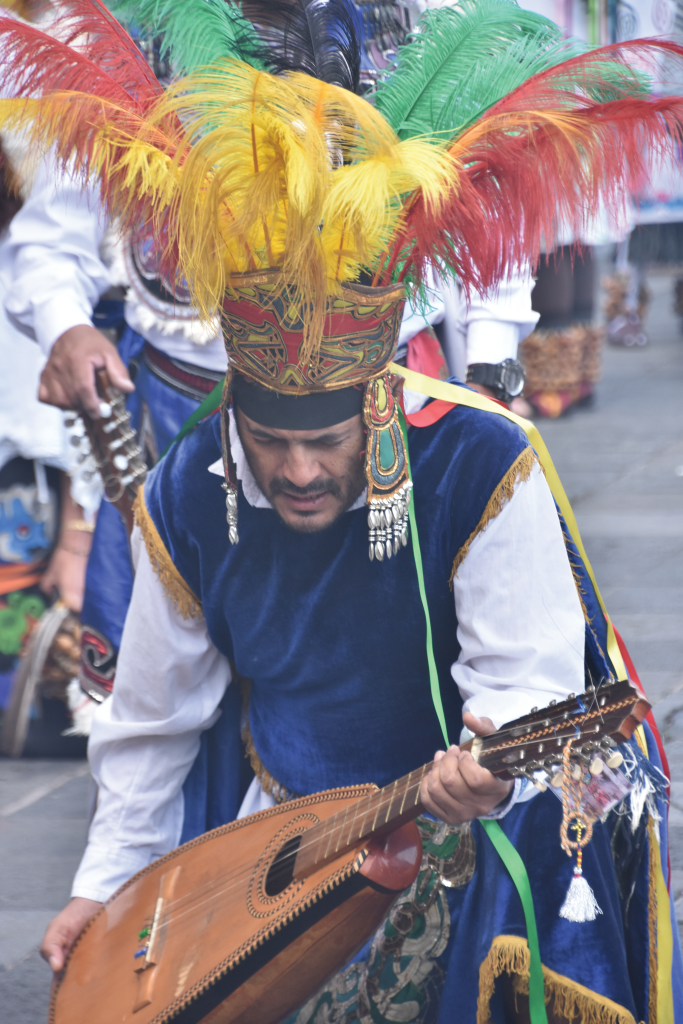
In 1531, the Virgin Mary appeared to Juan Diego on a hill known as Tepeyac (now part of Mexico City), leaving her image on his cloak. At first, a bishop stored the cloak four miles away in Tlateloco, but in November 1538, pilgrims brought it back to Tepayac.
“After the first chapel was built in Tepeyac, there was a pilgrimage to bring [the cloak] there,” says Mauricio Reyes, the leader of the conchero group Palabra General de Santiago Tlatelolco. (Concheros are dancers who play the concha, a stringed instrument traditionally made from an armadillo shell.) “An Indigenous man was accidentally struck with an arrow, and it was thought he would die, but they prayed to the Virgin, and he survived.” This was the first miracle attributed to the Virgin of Guadalupe.
To commemorate this miracle, between 3,000 and 4,000 concheros and other groups gather in Mexico City’s Plaza de Tres Culturas on November 10, 2024, for the Peregrinación de Concheros (the Concheros’ Pilgrimage), which ends at Villa of Guadalupe in Tepeyac. Concheros participate, says Reyes, because the man who was injured nearly 500 years ago “was a danzante [dancer] like us.”
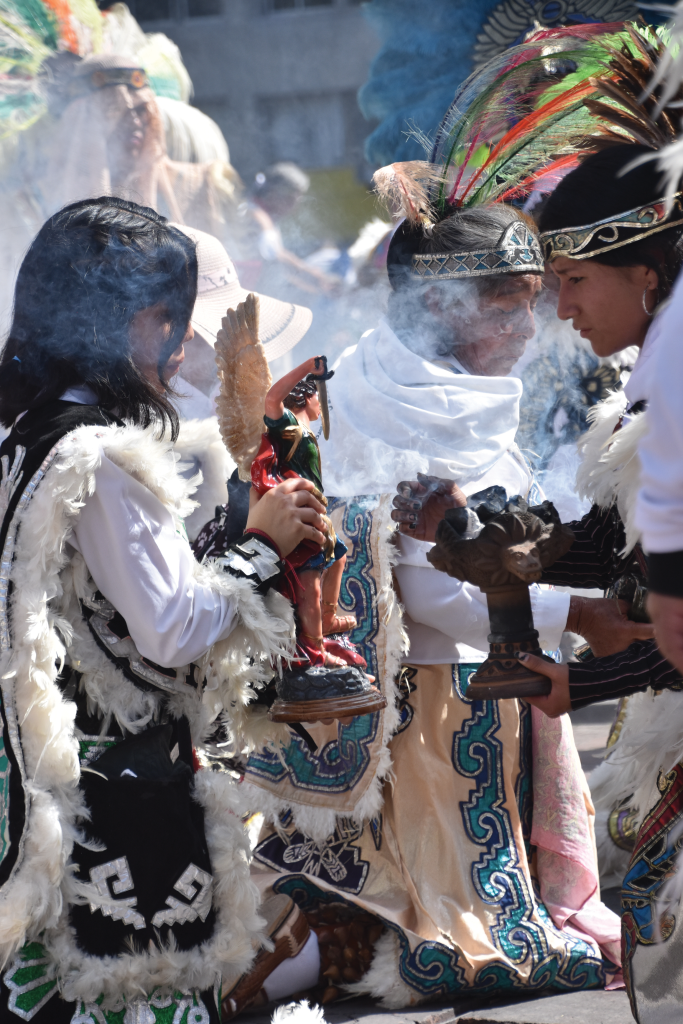
“The pilgrimage is a mix of Catholic and Indigenous beliefs,” Reyes says. “I am a Catholic but celebrate Indigenous events for tradition.” On the day of the pilgrimage, that mix is evident everywhere. Reyes’ group begins their day with a ceremony to the four winds, a traditional Indigenous ceremony, in front of the Santiago Tlatelolco Church. During the ceremony, the dancers turn to face each of the four cardinal points. “It is to ask permission to start the ceremony,” says Reyes. During the ceremony, they sing alabanzas, Spanish worship songs. “These are songs of praise to Mary,” says Yoally Reyes, who leads the ceremony.
Thirty-some groups of concheros are in the plaza, each wearing clothing covered with prehispanic symbols and carrying banners with images of Mary and various saints. Included in the Perigrinación de Concheros are at least a dozen different groups of Azteca dancers with brilliantly colored costumes and feathered headdresses who dance while musicians beat out rhythms on drums.

There are also several groups that venerate the apostle Santiago (James), who call themselves Santiagueros and stage mock sword fights reenacting battles between Christians and their supposed enemies.
After almost three hours, the singing and dancing reach a fever pitch. Concheros sing louder as they dance. Drummers pound forceful rhythms. The Santiagueros clash their swords. Smoke from copal fills the plaza. Then, at 11:30, the pilgrimage begins.
As groups stream out of the plaza, Fray Óscar, a friar at the church, blesses them with holy water. “The procession is an expression of faith and love,” he says. “It is to thank the Holy Virgin.”
On a sunny 72-degree day, the procession sets out; it takes three hours for the first groups to reach Villa of Guadalupe, where the Virgin’s basilica stands at the foot of Tepeyac Hill. By the time they do, they’ve been dancing and singing for more than six hours. Once there, they continue to do so in front of the basilica.
Mauricio Reyes has been participating in the pilgrimage for 40 years, since he was 3 years old. “[We do this] principally to continue the tradition of our ancestors,” he says. “It is the way we express our faith in God; in this case, the Virgin of Guadalupe.” When asked how he could do this—sing, dance, and walk for almost seven hours—he simply smiles. Pointing to the basilica, he says, “The Virgin.”
This article also appears in the April 2025 issue of U.S. Catholic (Vol. 90, No. 4, pages 23-25). Click here to subscribe to the magazine.
All Photos by Joseph Sorrentino


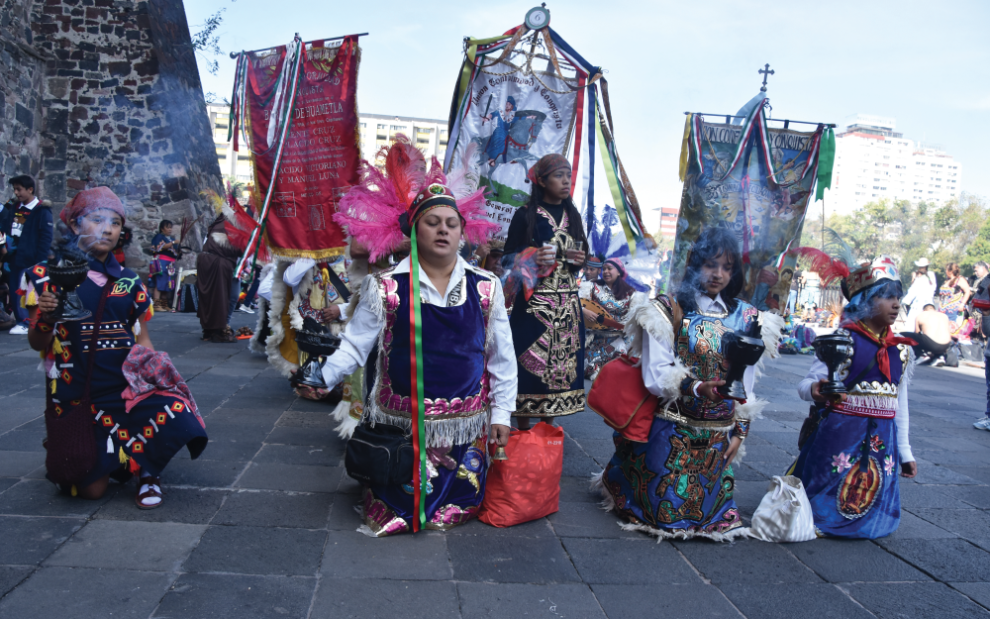



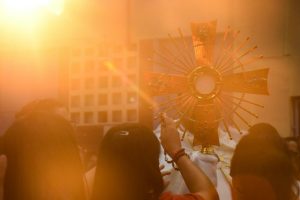






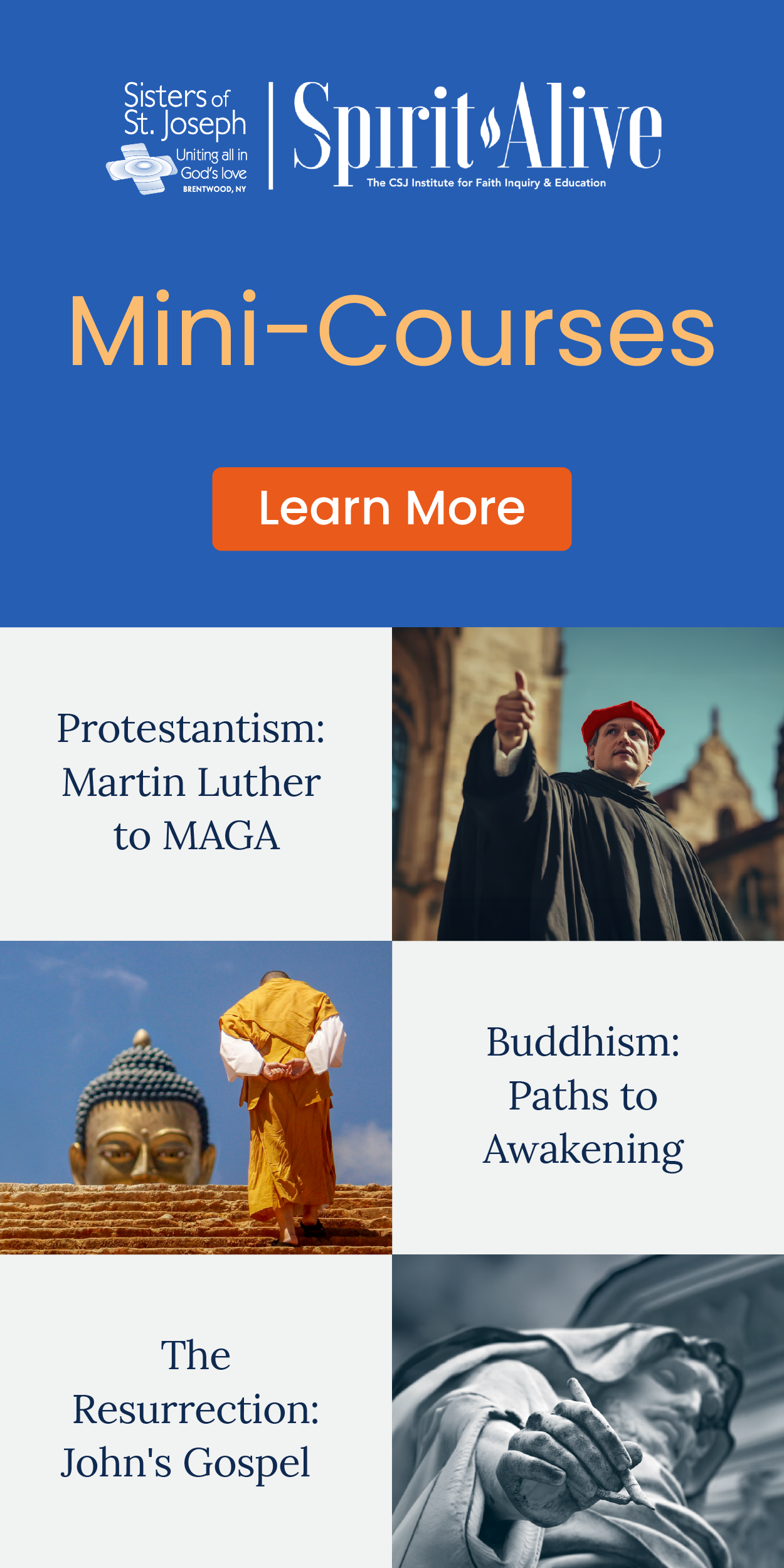
Add comment